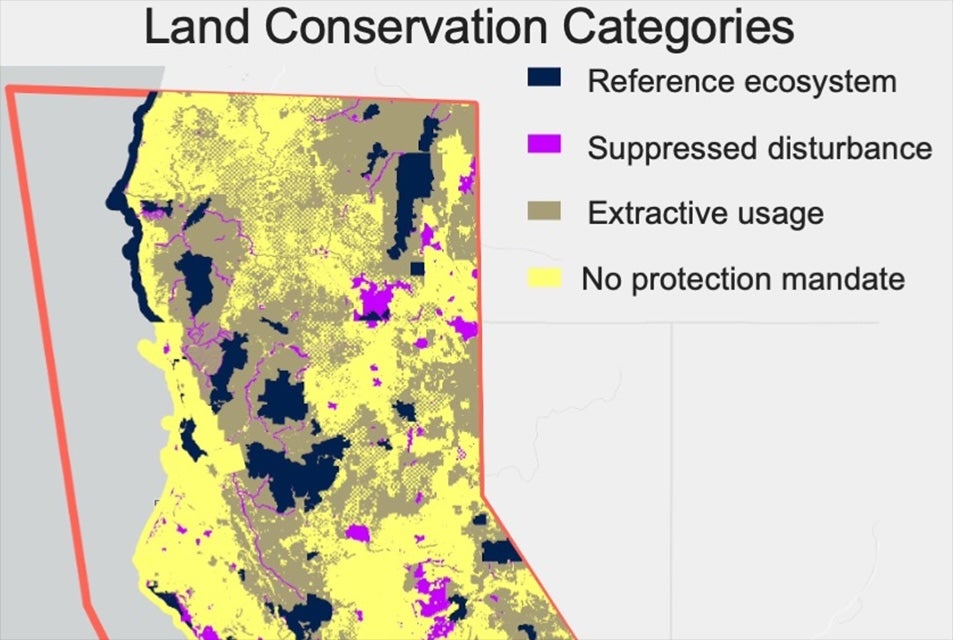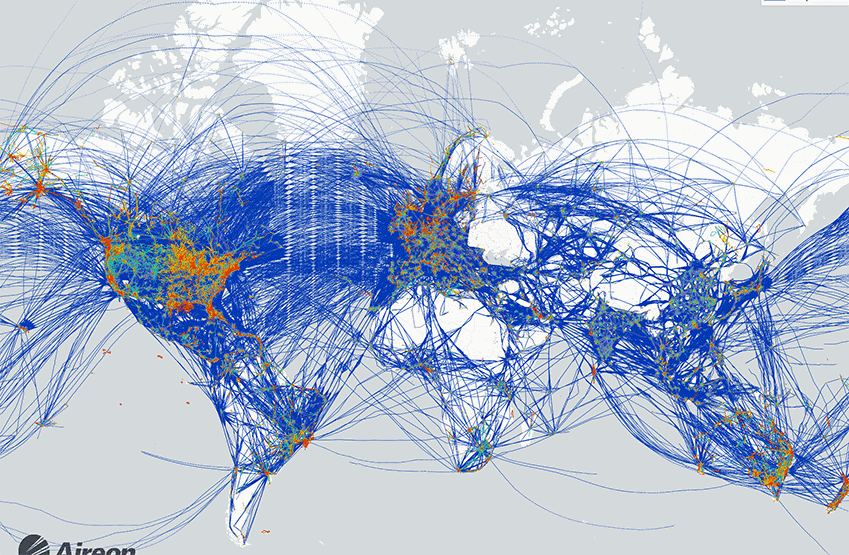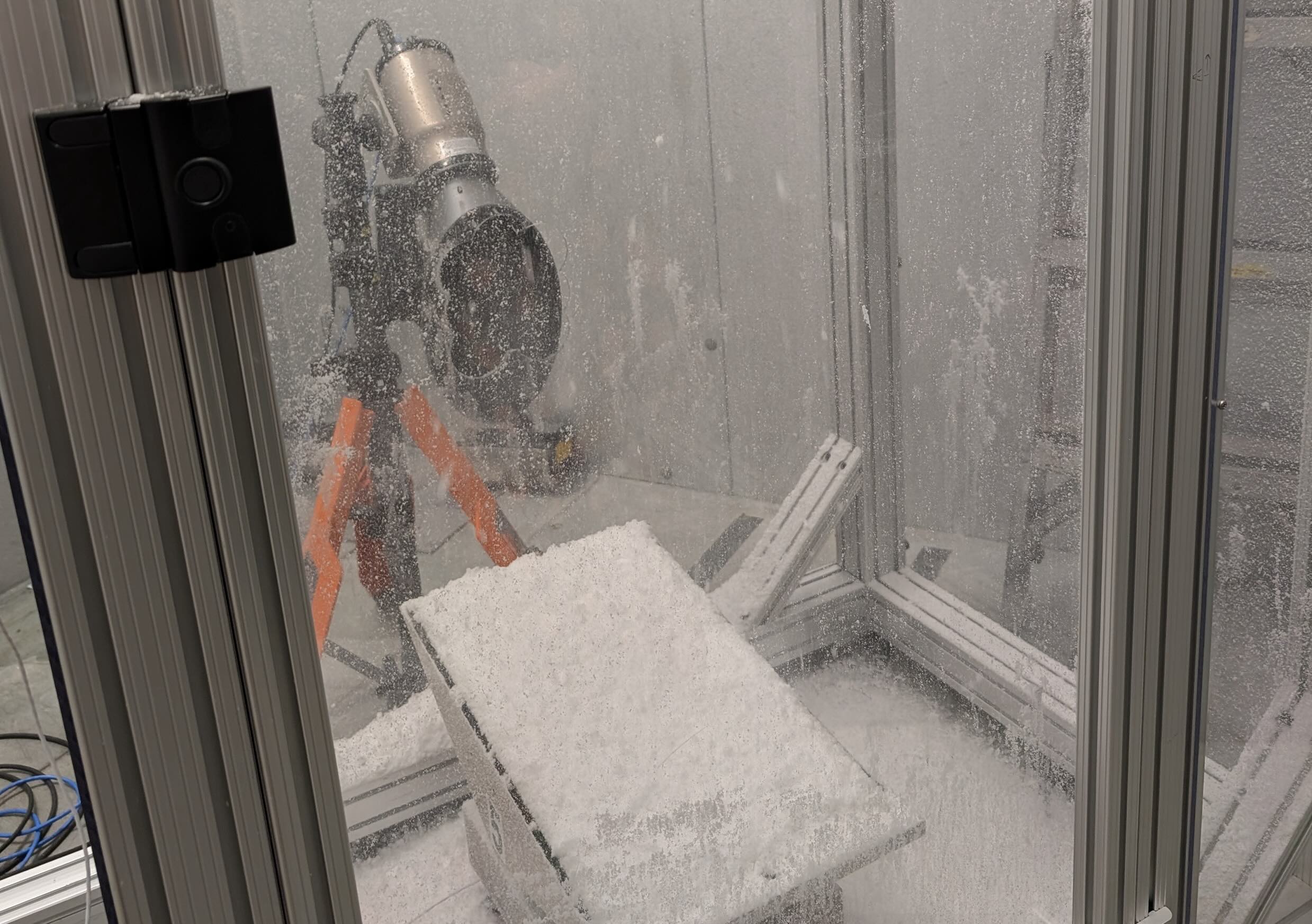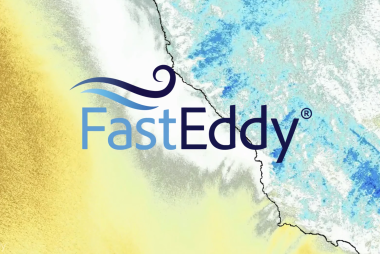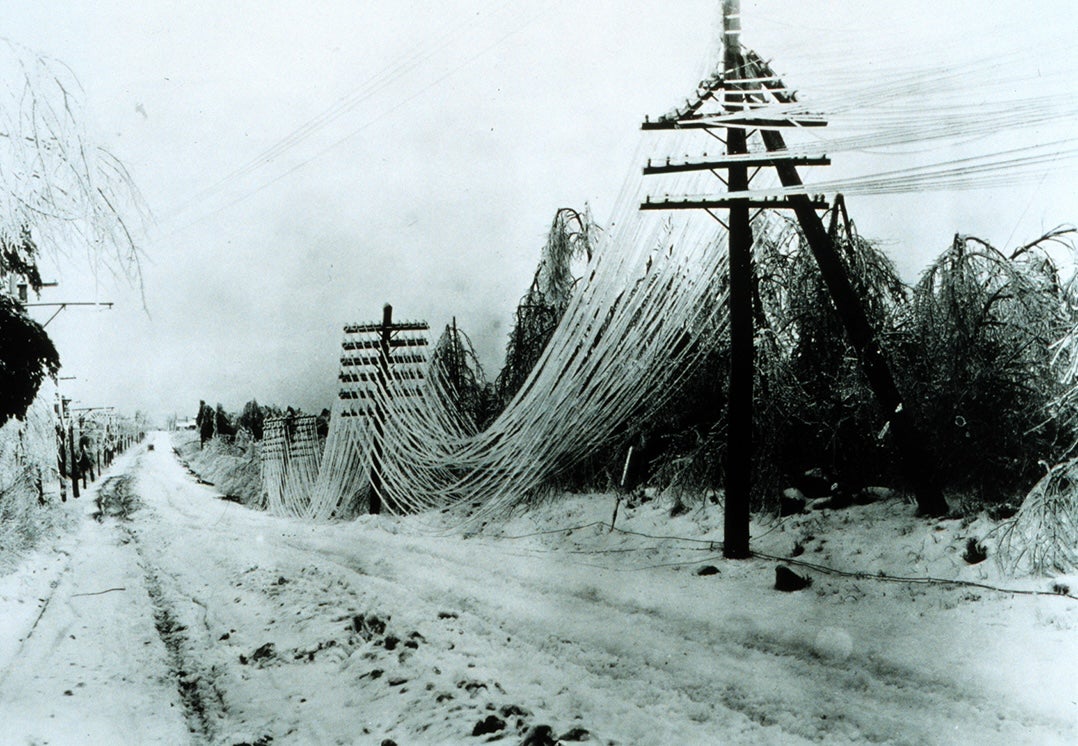A Leap Forward in Wildfire Prediction
Integrating the community fire-behavior model into the UFS for next-generation fire-atmosphere simulations
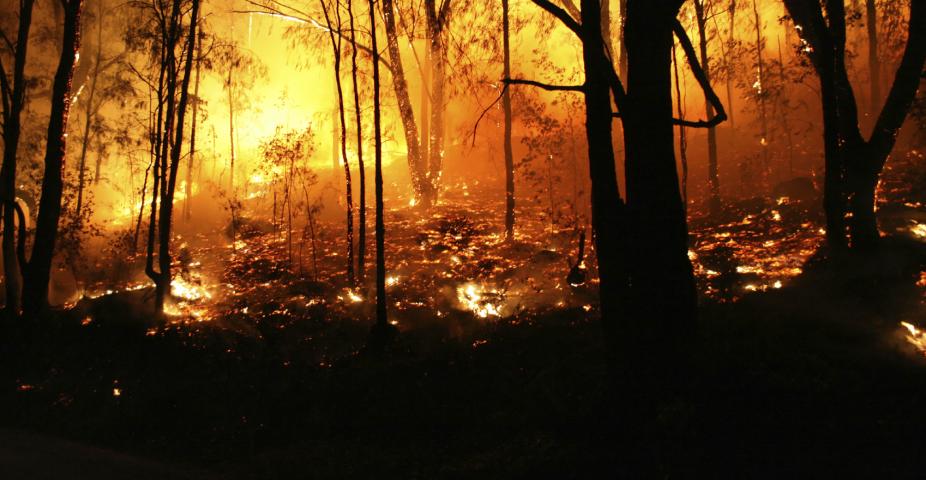
The number of wildfires that have destroyed entire cities and decimated habitats has risen dramatically. As people expand their neighborhoods into the wildland-urban interface, the risk of a catastrophic fire increases profoundly. Add a drying climate, worsening drought, higher temperatures, and dryer fuels, fires grow faster and hotter, threatening lives, property, and ecosystems.
To meet this challenge, NOAA and NSF NCAR scientists collaborated to synthesize the best available model technology to improve wildland fire-behavior forecasting. They have implemented a fire-behavior model in the Unified Forecast System (UFS). This wildland fire model, referred to as the Community Fire Behavior Model (CFBM, Jimenez y Munoz et al., 2024) closely follows WRF-Fire methods in its current implementation (v0.2.0).
This coupled model will allow NOAA to forecast the growth and direction of burning wildland fires. Knowing the location of active fires from satellite retrievals, this information, together with the new UFS capability (SRW v3.0.0), gives NOAA the ability to provide timely and accurate fire weather, fire behavior, and smoke-forecast guidance to safeguard lives and property and manage downstream air-quality impacts. Having the right tools to understand and predict the complex interactions of the many physical processes that fuel fire growth will go a long way to minimize and potentially prevent serious consequences.
Read more about this exciting work in the full article from the NOAA Weather Program Office.
Publications
- WRF-Fire: Coupled Weather–Wildland Fire Modeling with the Weather Research and Forecasting Model
- The Community Fire Behavior Model for coupled fire-atmosphere modeling: Implementation in the Unified Forecast System
- Coupled atmosphere-wildland fire modeling with WRF 3.3 and SFIRE 2011
- A description of the advanced research WRF model version 4



